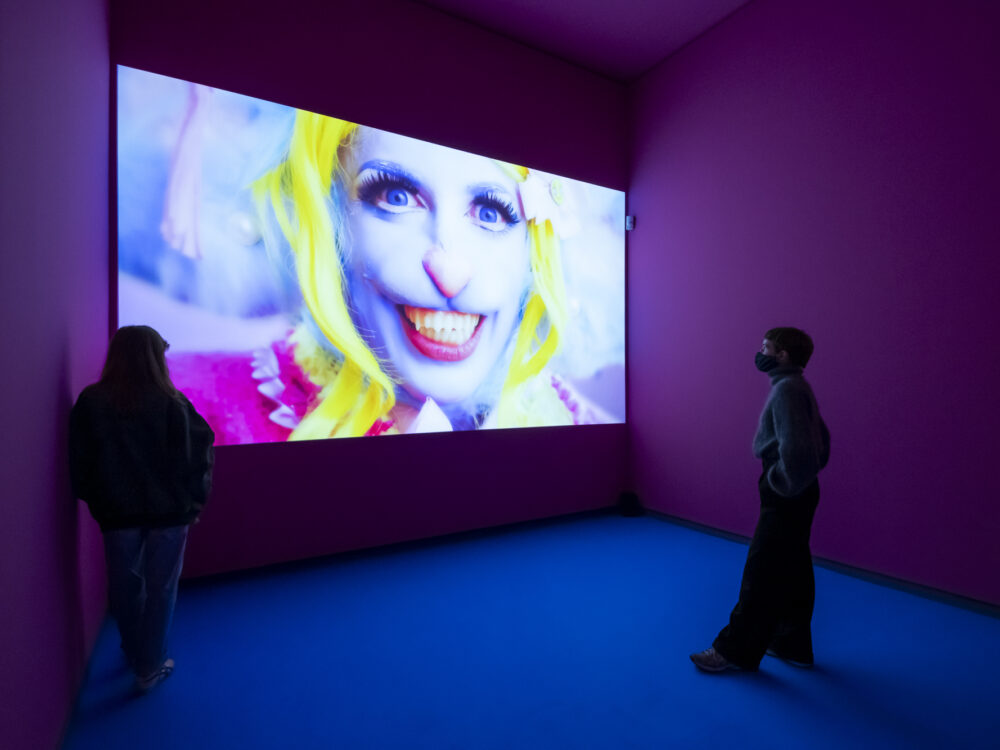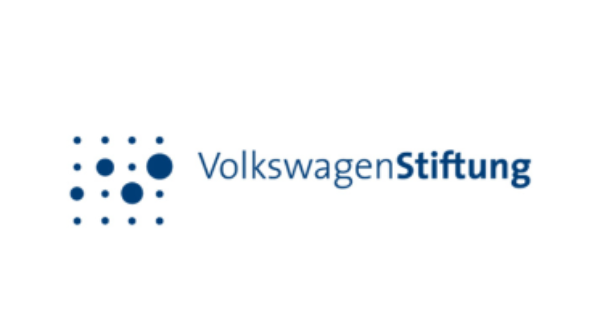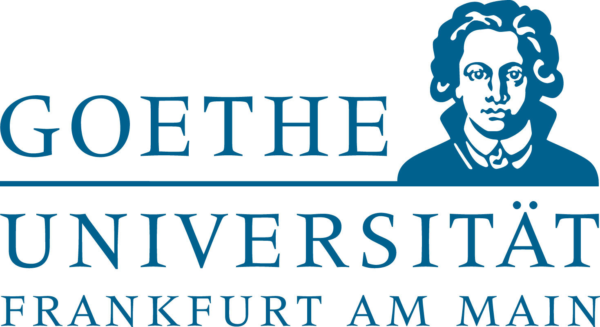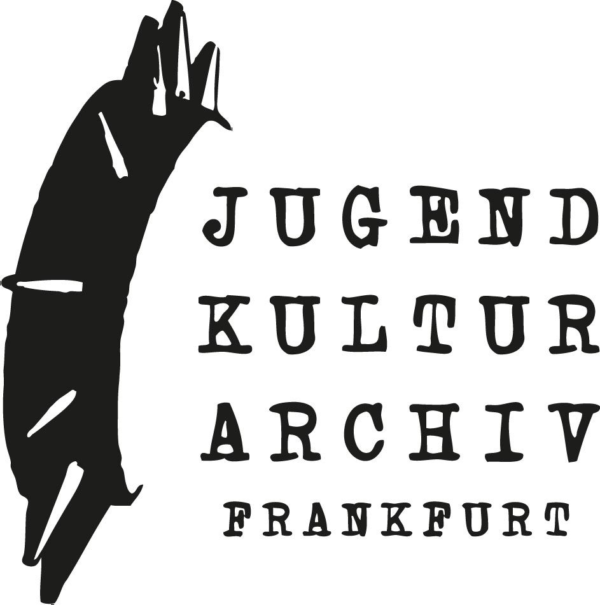NOTE
Due to stricter hygiene measures, visitors of the exhibition can bring their own headphones with jack plug and connect them to the corresponding work.
Zur Hauptnavigation Zum Inhalt

Ausstellungsansicht #cute. Inseln der Glückseligkeit? Miguel Deliec © NRW-Forum, Foto Katja Illner
With more than five hundred million posts on Instagram alone, #cute is one of the most popular hashtags ever. Cute can mean dainty, sweet, or twee, and we come across it in all aspects of life. Animal babies, unicorns, rabbit ears—cuteness is closely related to consumer culture and has not only taken social media by storm, but also product design, advertising, robotics, and art.
Featured artists include:
AES+F, Magda Archer, Ruth van Beek, Chris Berens, Lenn Blaschke, Thorsten Brinkmann, Antoine Catala, Miguel Delie, Ruud van Empel, FALK, Daniel & Geo Fuchs, Gregor Gaida, Carla Gannis, Jill Greenberg, Johan und Diana van Halen, Chris Haughton, Guy Hoffman/Miguel de Andrès-Clavera/Michael Suguitan, Jugendkulturarchiv Frankfurt a. M., Aya Kakeda, An-Sofie Kesteleyn, Kolle Rebbe, Yasushi Koyama, Karina-Sirkku Kurz, Reiner Leifried, Les Deux Garçons, Brenda Lien, Loretta Lux, Rachel Maclean, Jonathan Monaghan, NEOZOON, Marc Paeps, Birte Philippi, Pierre et Gilles, @Pokeschorsch, Jochen Raiß, Christoph Ruisz, Mark Ryden, Corinna Schnitt, Annette und Erasmus Schröter, Erasmus Schröter, Friedrich Seidenstücker, Oliver Sieber, Melissa Sixma Lingo, Maren Steffens, Maija Tammi, Juergen Teller, Nikita Teryoshin, Katie Torn, Underlook, die Unheimlichen, Jonas Vogt/Stephan/Bogner/Philipp Schmitt, Anastasia Ward, Uli Westphal, The Yes Men

Ausstellungsansicht #cute. Inseln der Glückseligkeit? Rachel Maclean © NRW-Forum, Foto Katja Illner

Ausstellungsansicht #cute. Inseln der Glückseligkeit? Les Deux Garcons, Bambirette, 2016, Jeski Gallery Amsterdam © NRW-Forum, Foto Katja Illner
Based on the work of more than fifty international artists, as well as numerous everyday objects and internet phenomena, the group exhibition #cute. Inseln der Glückseligkeit? (#cute. Islands of Bliss?) at the NRW-Forum Düsseldorf from October 9, 2020 to January 10, 2021 traces the many facets of this contemporary aesthetic across various mediums and genres, including its affective tipping points. Photographs, sculptures, videos, and installations by artists such as Aya Kakeda, Brenda Lien, FALK, Jonathan Monaghan, Melissa Sixma Lingo, An-Sofie Kesteleyn, and Maija Tammi offer us a glimpse of the “dark” side of cute, its ambiguities and turning points.
New York-based artist Aya Kakeda has created resting ceramic figures for the exhibition. While at first the small round figures appear to be carefree and blissfully dreaming, their fungal or plant-like infestation alludes to the schöne Verwesung (beautiful decomposition) of the creatures that gives the works their title. This visualisation of death puts the viewer in a different mood, one that is a mixture of light-heartedness and sorrow. Rather fittingly, kawaii is the Japanese version of cute, while the similar-sounding term kowai is translated as creepy or horrible — Kakeda’s works fall into both of these categories.
The animated film Call of Cuteness by the young Frankfurt-based artist Brenda Lien was released in 2017 as the second part of her short film trilogy about internet phenomena. It was awarded the rating “Highly Commended” by the Filmbewertungsstelle (FBW). Call of Cuteness is a critical examination of popular internet videos and attracted considerable attention. Referring to the omnipresence of cats online, Lien’s video work interrogates the treatment of these animal protagonists, which is loving on the one hand but voyeuristic and sometimes cruel on the other. Despite its graphic abstraction, the film is almost unbearable to watch and kindles a desire to protect the tormented.
FALK, also known as @betrayal_junkie, creates digital collages from found footage that take up key characteristics of cuteness: feminine, childlike, and animal-like elements are depicted in pink and white. Only at a second glance does it become clear that the collages portray something potentially repulsive, in this case intestines, tilting the sweet and pastel aesthetic into something disturbing.
A unicorn moves gracefully through sterile, deserted rooms, futuristic hotel lobbies, cafés, and shops. The cute mythological creature from Jonathan Monaghan’s 2016 animated film Disco Beast seems exhausted—until it is taken up by a spaceship, where it finds new strength and flies away triumphantly. Although unicorns and pastel colours can be considered prominent markers of cuteness, the subject of this film does not trigger a gushing affective reaction, but instead seems rather cool and aloof.
Melissa Sixma Lingo transforms techniques from popular digital culture such as the remix or the mash-up into textile patchworks, thus connecting them to craft traditions. The emblems of the twenty-first century that are destined to be handed down are found on social media: the quilt is based on a well-known meme, those frequently invoked image and word combinations that circulate on the internet. The density and repetition of the dog’s image alludes to the massification of cute motifs. Elaborate handiwork, its status as a unique piece, and the social function of the quilt as a medium of transmission and remembrance all form a contrast to the fast-paced possible implementations of digital technology and ephemeral internet phenomena.
A child is the subject of a photograph taken in 2013 by Belgian-based artist An-Sofie Kesteleyn. How cute? Only superficially: the little girl’s pink bag does not offer protection for a musical instrument or a tennis racket, but contains her first weapon. My First Rifle subverts the motif of childlike innocence into its opposite. Cuteness becomes a potential threat.
Exhibits such as the four-part photo series by Finnish artist Maija Tammi expand the exhibition’s concept of cuteness. In addition to attributes such as smallness or fluffiness, the aesthetics of cuteness are also conceptually associated with trivialisation and humanisation. In One of them is a Human, Tammi photographed three robots alongside a human being. Cold technology was overlaid with a human-like appearance, making it impossible to distinguish between who is human and who is a robot. This uncertainty based on optical similarity creates a vague uneasiness in the viewer and alludes, among other things, to the fear of being replaced by technology.
In addition to works by numerous other artists, the exhibition also presents cute accessories, smart toys, fashion, and curiosities from the collection of the Jugendkulturarchiv Frankfurt am Main.

Ausstellungsansicht #cute. Inseln der Glückseligkeit? © NRW-Forum, Foto Katja Illner

Ausstellungsansicht #cute. Inseln der Glückseligkeit? © NRW-Forum, Foto Katja Illner
Supported by the Volkswagen Foundation, the exhibition is part of the interdisciplinary collaborative project Gegenwartsästhetik – Kategorien für eine Kunst und Natur in der Entfremdung (Contemporary Aesthetics—Categories for Art and Nature in Alienation) and is curated by Professor Birgit Richard (head of the project and professor of new media at the Institute for Art Education at the Goethe University Frankfurt), Jana Müller, and Niklas von Reischach (project members), as well as Dr. Katja Gunkel and Harry Wolff.
The exhibition architecture was designed by Nikolaus Hirsch and Michel Müller (Darmstadt).
Catalogue
The exhibition catalogue #cute. Inseln der Glückseligkeit? (#cute. Islands of Bliss?) is published by Kerber Verlag, and edited by Birgit Richard, Niklas von Reischach, and Hannah Zipfel, with texts by Henning Arnecke, Moritz Baßler, Marvin Baudisch, Heinz Drügh, Katja Gunkel, Daniel Hornuff, Leonie Licht, Jana Müller, Niklas von Reischach, Birgit Richard, and Hannah Zipfel (144 pages, numerous colour illustrations, €28, ISBN: 978-3-7356-0627-3).
This will be supplemented by an academic publication, #cute. Eine Ästhetik des Niedlichen zwischen Natur und Kunst (#cute. An Aesthetics of the Cute between Nature and Art), by Birgit Richard, Katja Gunkel, and Jana Müller, which is being published by Campus Verlag.

Kopfhörer mitbringen
NOTE
Due to stricter hygiene measures, visitors of the exhibition can bring their own headphones with jack plug and connect them to the corresponding work.










